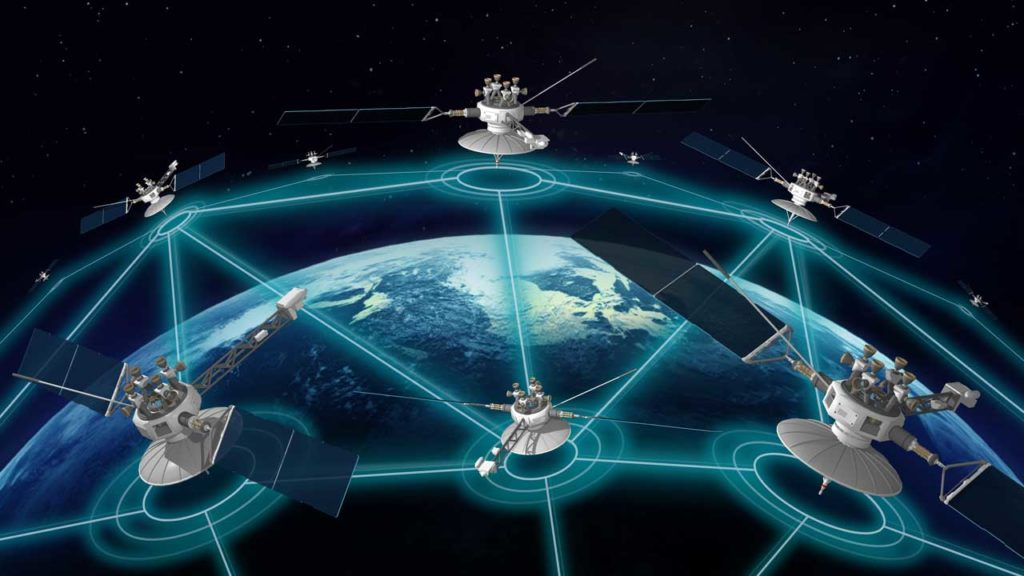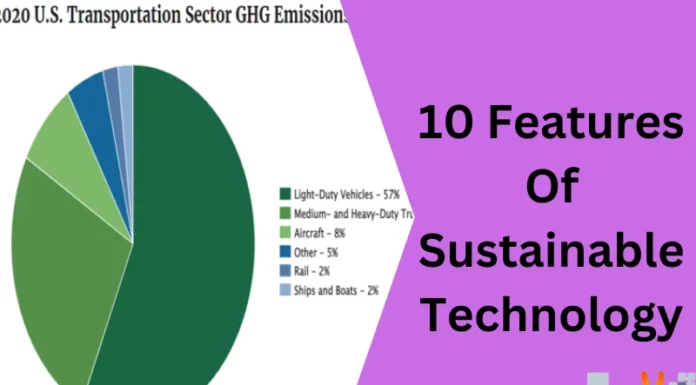The year 2022 was productive for astronomy. The James Webb Space Telescope’s images continue to take over the news cycle. Not just one, but Scientists presented two total lunar eclipses to us. DART spacecraft crashed after Artemis 1 launched (on purpose). And the enormous black hole at the heart of our galaxy was first seen by astronomers in its first image.
1. A New Way To See The Local Bubble
According to astronomers, supernovae are thought to have blown away the Local Bubble, a cavity of scarce, hot gas surrounding the Sun. This year, a group of astronomers discovered the local bubble’s location in time and space.
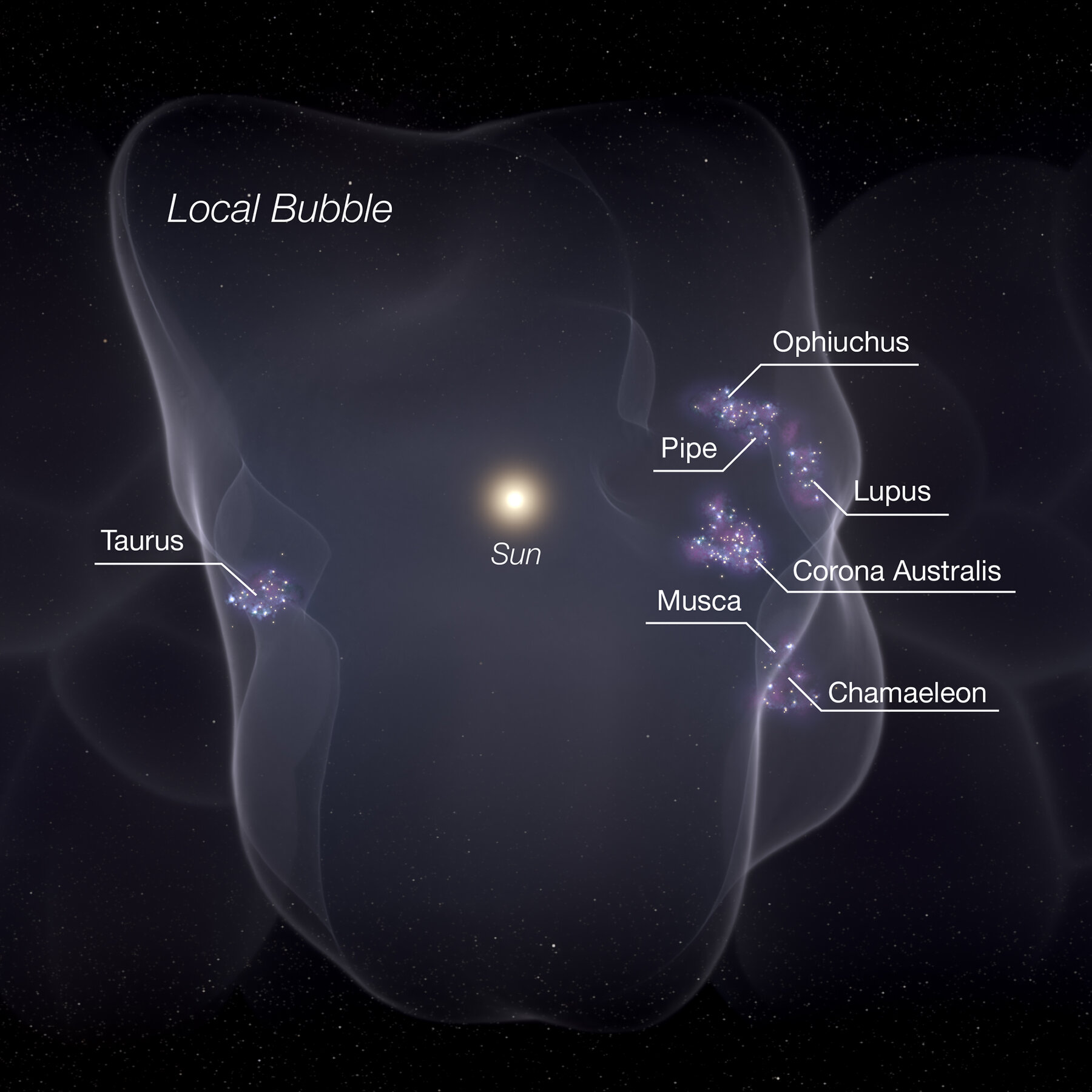
2. Crashing Into An Asteroid — On Purpose
The DRACO imager on NASA’s DART mission captured the final complete image of the asteroid moonlet Dimorphos at a distance of around 7 miles (12 kilometers) and two seconds before impact. The asteroids’ orbits saw a significant (32-minute) alteration as seen by ground- and space-based telescopes, proving that both the impact and the redirection were successful.
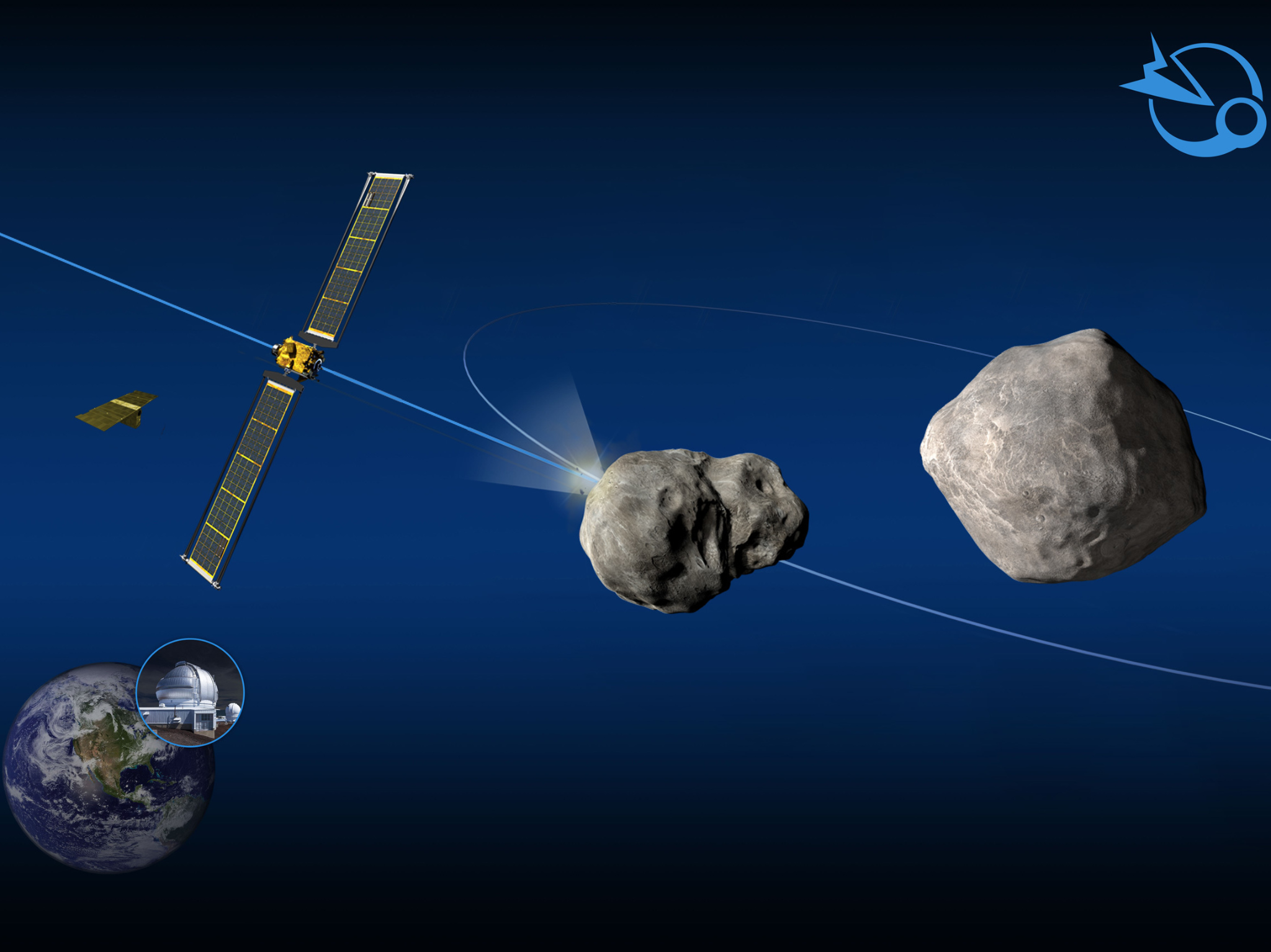
3. James Webb Space Telescope
Jupiter’s narrow ring is visible in the infrared image taken by the James Webb Space Telescope. The material cloud supporting the expansion of the James Webb Space Telescope is where it is located. In the infrared image, cavities above and below the star-filled with material ejected from it glow orange and blue, respectively. Due to stellar “burps,” or occasional ejections, the top center region exhibits bubble-like forms. Additionally, filaments of molecular hydrogen that had previously been shocked by star ejections are found by Webb.
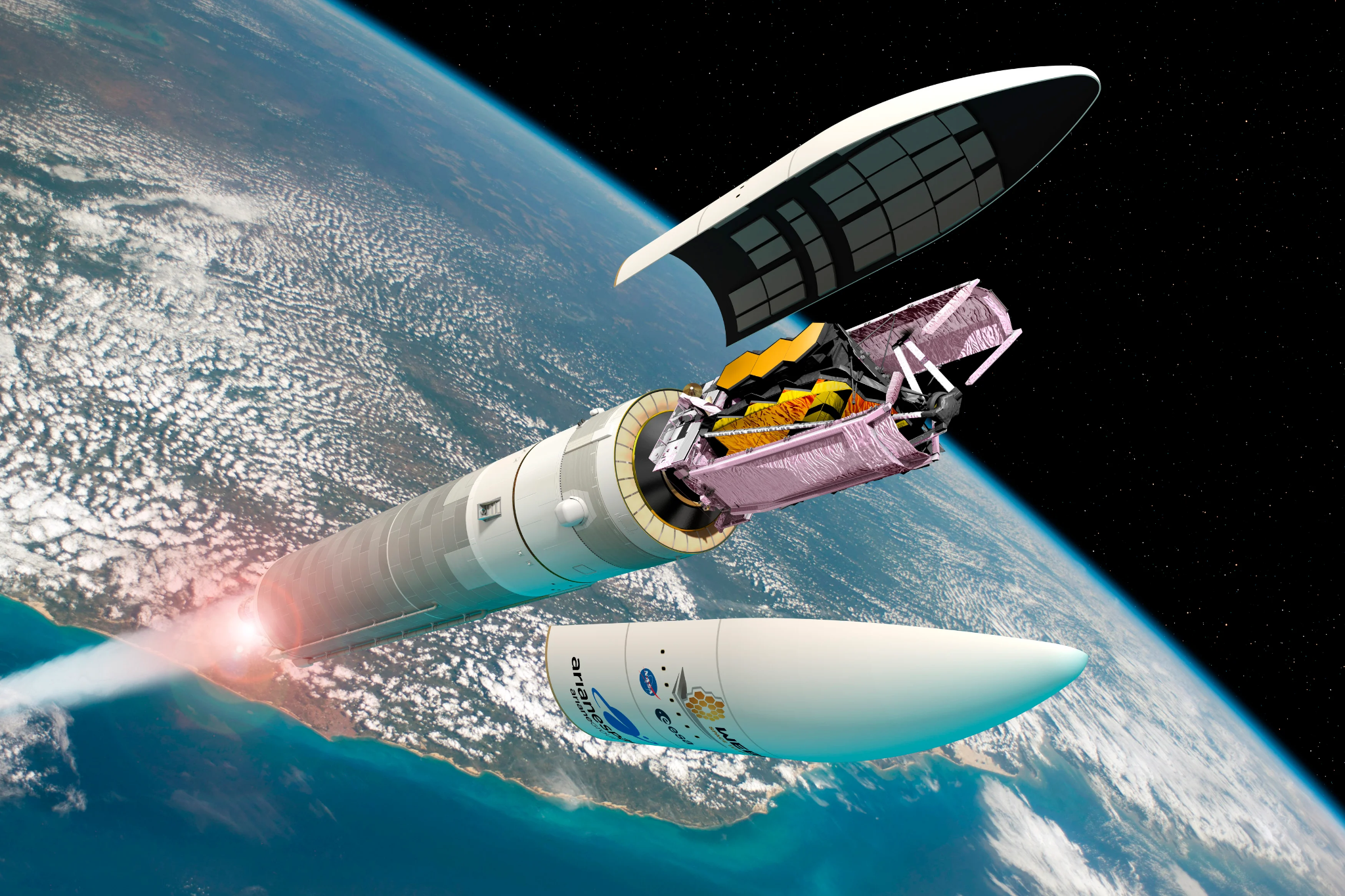
4. Mars Mesmerizes
On December 8th, Mars came into opposition, making the Red Planet once more large, bright, and attractive in the evening sky. (It wasn’t exactly at its closest point; it occurred on December 1st of the previous month.)
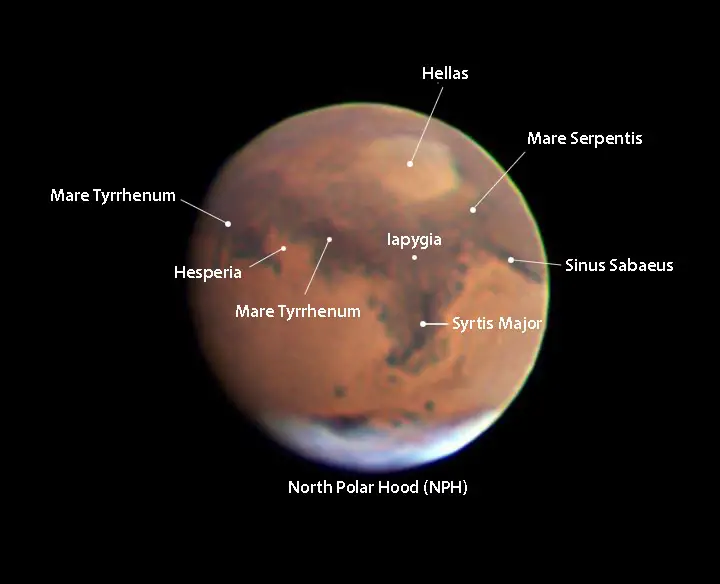
5. Artemis 1 Heads To The Moon
The first test flight of the Space Launch System and Orion capsule went off without a hitch despite months of delays and touch-and-go wet dress rehearsals. Before plunging back into the Pacific Ocean, Artemis 1 successfully launched and completed its mission, delivering some breathtaking views of the Earth and the Moon from a point we haven’t seen in a long time. During the mission, 10 CubeSat missions were also launched, with varying degrees of success, into different orbits.
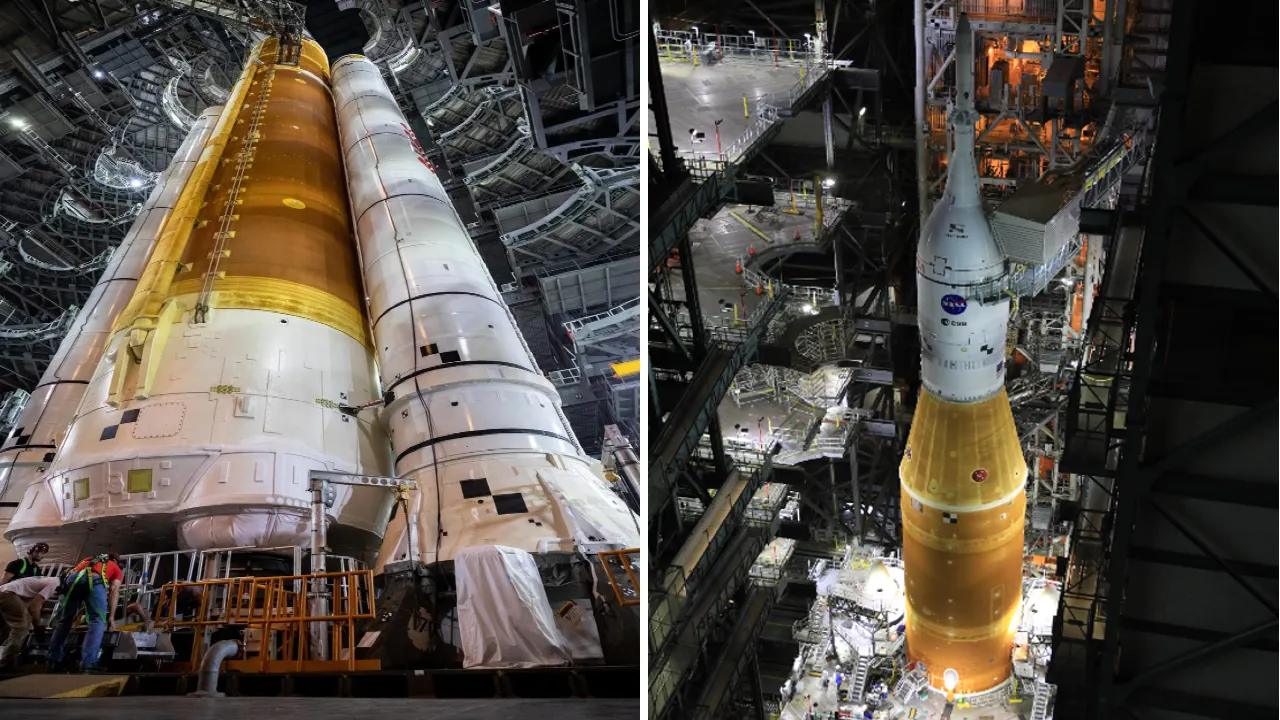
6. An Image Of Our Black Hole
A black hole lurking in the vicinity of the galaxy M87’s nucleus was first seen three years ago by astronomers. We, at last, have the opportunity to observe Sgr A*, the colossal beast of our galaxy. As a result of the fact that it’s complicated, the Event Horizon Telescope team took its time in revealing its silhouette.
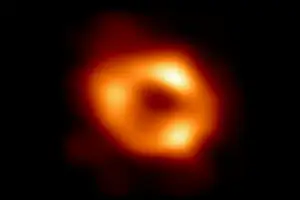
7. Planetary Decadal Calls For Mission To Uranus
To choose which missions NASA should fund, the planetary science community has created a prioritized wish list for the field’s upcoming ten to plus years. The flagship mission, currently known as the Uranus Orbiter and Probe, is to the ice giant Uranus, and it comes in the first place.

8. The Final Flight Of The Sofia Airborne Observatory
Infrared astronomy suffered a setback with the SOFIA observatory’s final observations, even though they were to be expected given its long history of operation on a modified Boeing 747. In our reporting, we consider SOFIA’s accomplishments over the years, such as the discovery of water on the daylit Moon, the first kind of molecule to exist in the universe, and the response from the local population.
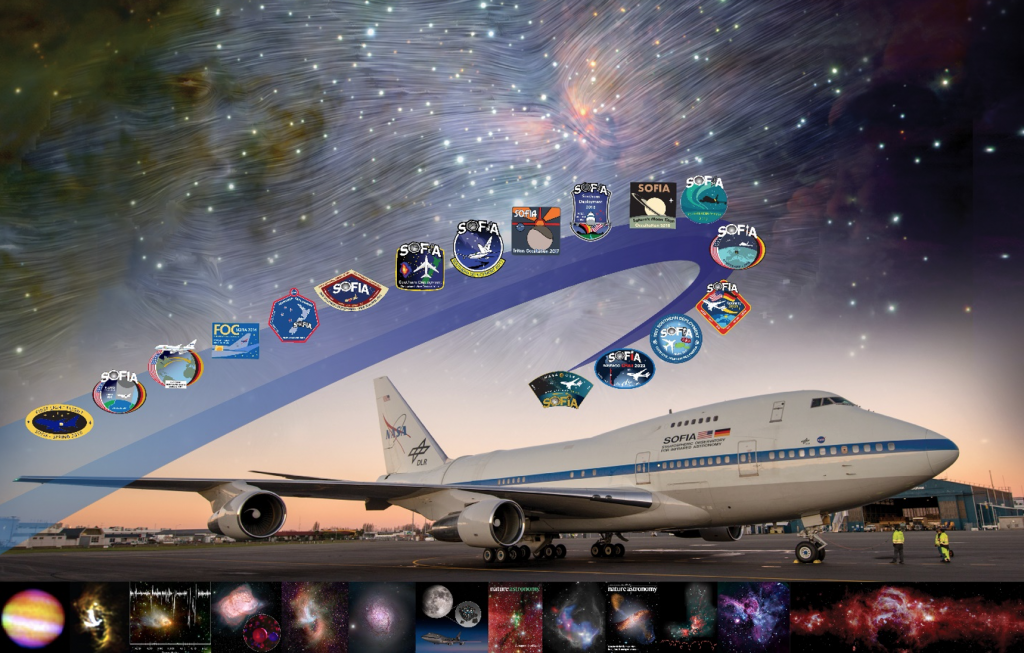
9. Two Total Lunar Eclipses
This year, skywatchers were treated to not just one but two total lunar eclipses, the second of which coincided with an occultation of Uranus. Only penumbral and partial eclipses will occur until the next complete eclipse, which will happen in 2025.
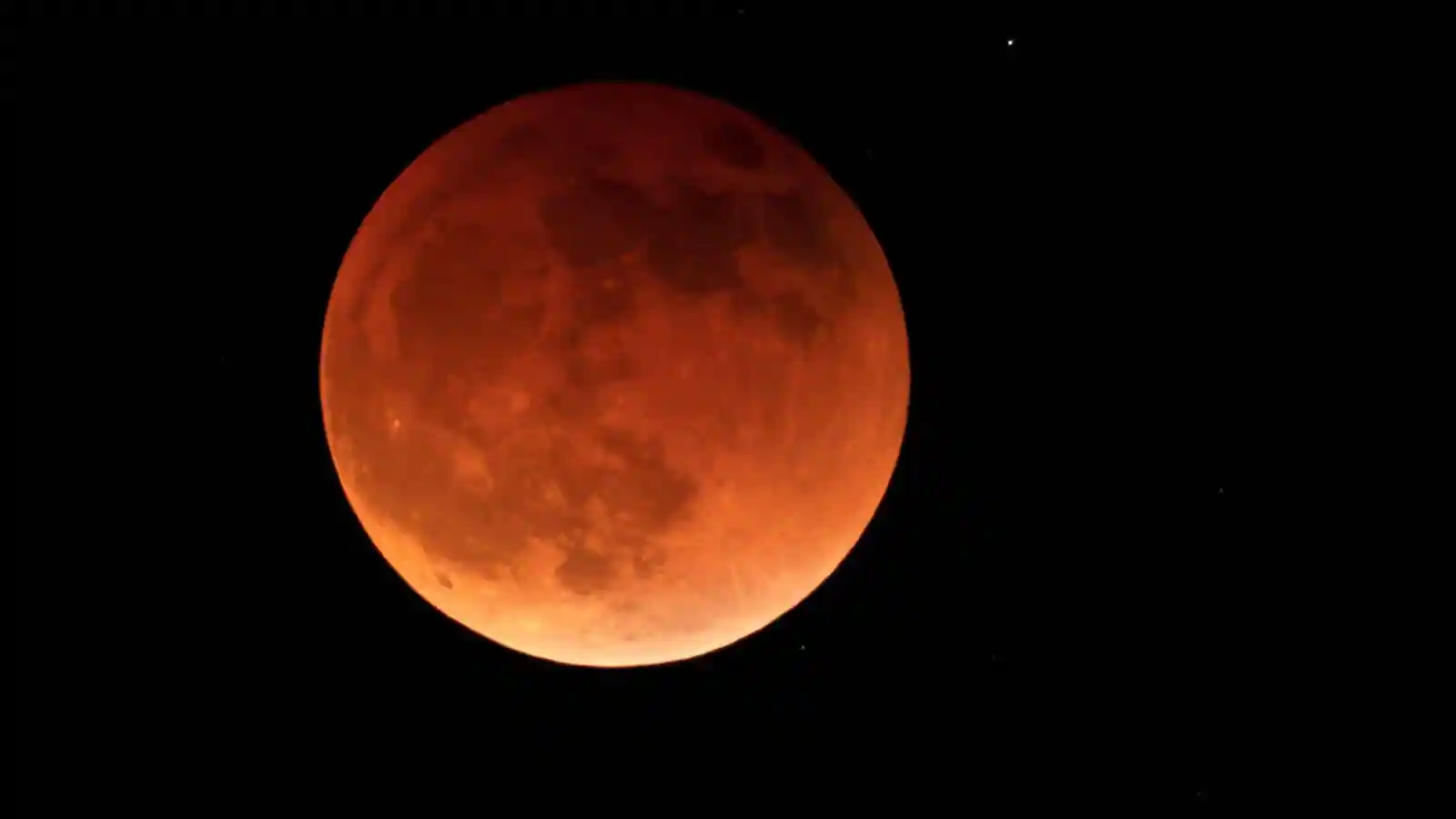
10. Low-Earth Orbit Satellites Are Getting Brighter
As more satellites are put into low-Earth orbit, the sky becomes increasingly congested. SpaceX initially collaborated with astronomers to create a sunshade to aid in dimming its Starlink satellites, but it has since stopped using it. The Starlink satellites have subsequently brightened up once more as a result. With an average magnitude of 5.6, they are nevertheless less bright than the original design.
